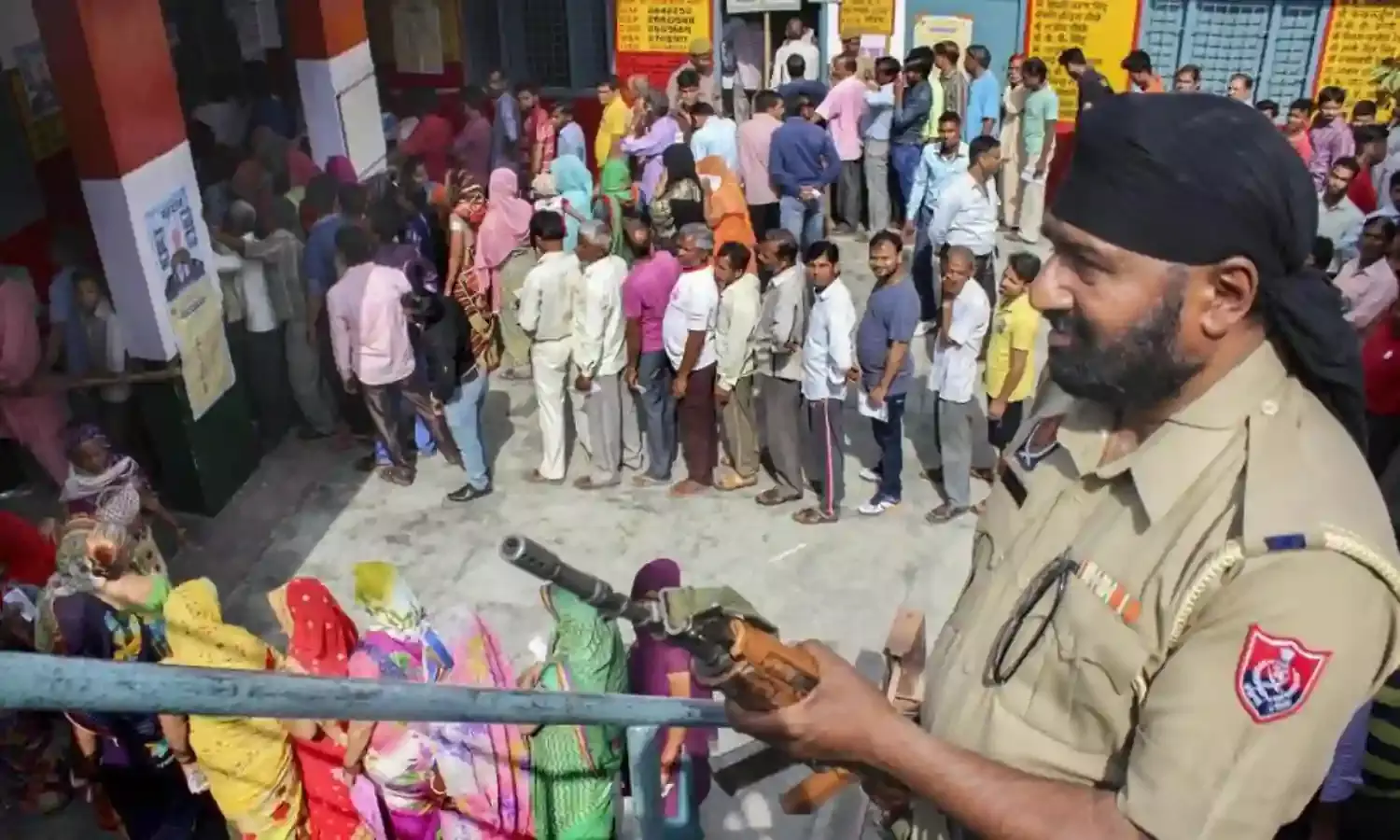The Wave that Dare Not Speak its Name
Why are Indians heading to poll booths like never before?

NEW DELHI: Voter turnout in the 2014 Lok Sabha election was 66.4%, the highest since independent India’s first general election in 1951. It jumped from 58.2% in the 2009 elections, in what big media saw as part of “the Modi wave”. If Election Commission figures are still to be believed, a wave at least as strong is coursing through the ongoing general election.
Voting has been completed for 373 or two-thirds of the 543 elected seats in Parliament. According to the EC the final voter turnout in Phase 1 was 69.5% and in Phase 2 it was 69.4%. It estimates that the turnout in Phase 3 was 66% and 63.2% in Phase 4.
This means that so far in this election, the overall voter turnout stands at 67%. And unless it dips sharply in the remaining three phases, the 2019 election is likely to see the highest voter participation in a general election since 1951.
What can explain this?
Besides the Modi wave of 2014, there have been two minor peaks in voter turnout. In 1984 – Punjab and the Golden Temple, Indira Gandhi's assassination, and the massacre of Sikhs – and in 1967 – Nehru's death and Shastri's, the second Indo-Pak war, the candidature of Nehru's daughter.
In 2019 meanwhile, according a recent report, of the large states that have completed polling the turnout dipped relative to 2014 in just two, Odisha and Tamil Nadu. And Andhra Pradesh, Assam, Gujarat and Karnataka have all recorded the highest turnout since 1962.
(The report was commissioned and published by the State Bank of India, and disclaims that “the opinion expressed is of the Research Team and does not necessarily reflect that of the Bank or its subsidiaries.”)
Voter turnout in Chhattisgarh was the highest in 15 years, it states, and in Maharashtra the highest in 30 years. Even Mumbai recorded a turnout of 55.1% - the highest for the metropolis since 1989.
Compared to 2014, the report says voter turnout went down in Arunachal Pradesh, Tripura, Sikkim and Nagaland, and up in Manipur, Meghalaya, Assam and Mizoram.
Whatever this wave is, it stops short at Jammu - like civilian movement under a military blockade. The Jammu region saw polling beyond the 2014 numbers, the highest being Samba district at 75.1% and Jammu district at 74.5%.
Kashmir, on the other hand, saw very low polling. Srinagar recorded a turnout of just 13% and 50 polling booths there didn’t register a single vote. Anantnag recorded 13.6% and in some constituencies the turnout percentage was in the single digits.
Bijbehara, hometown of former chief minister Mehbooba Mufti, saw a turnout of just 2%.
Ordinarily such figures would make any incumbent nervous, but it is often said we live in extraordinary times.



